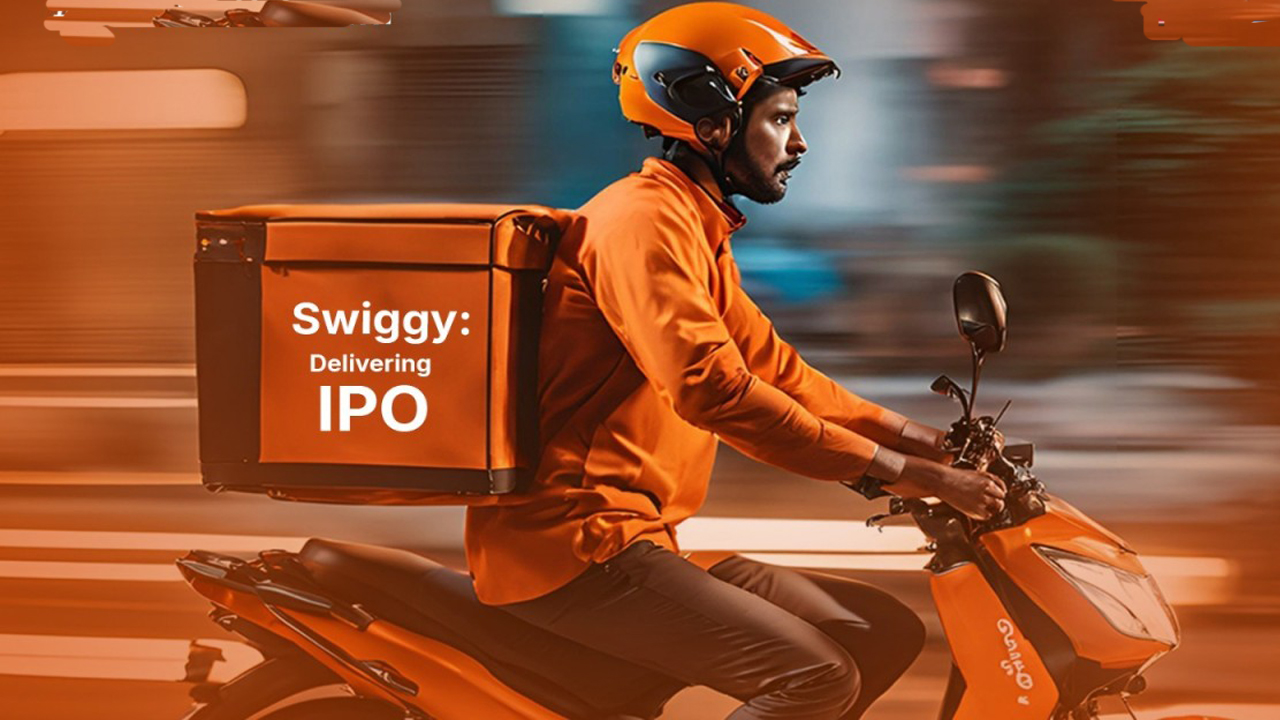In the flurry of the holiday season, it’s easy to find yourself scrambling for last-minute gifts. But fear not, tech enthusiasts! Quick commerce platforms have emerged as a lifesaver, offering
All posts tagged in Zepto
2Articles
In today’s fast-paced world, instant gratification is the name of the game. This is especially true in the food delivery sector, where companies are constantly vying to deliver meals to







